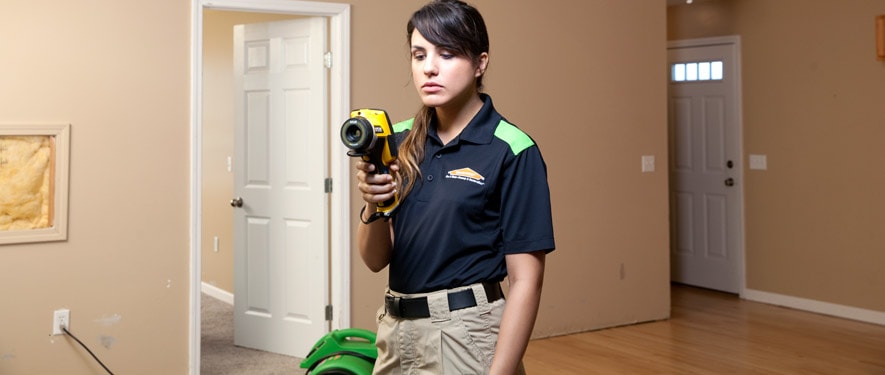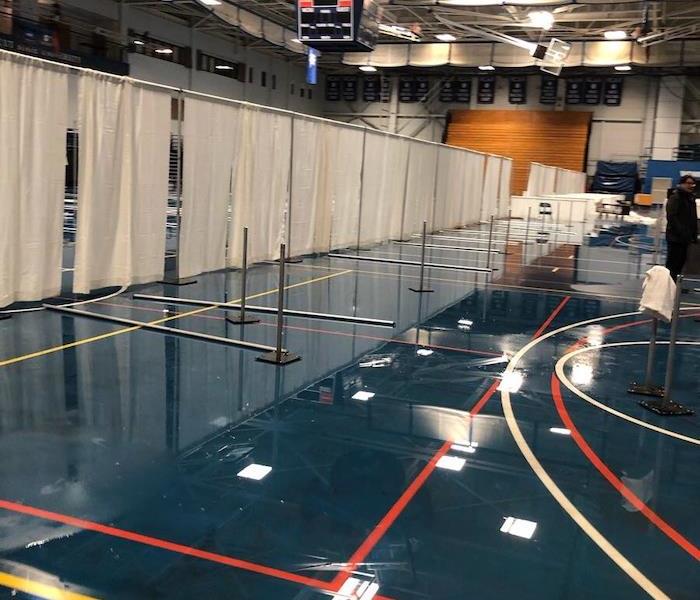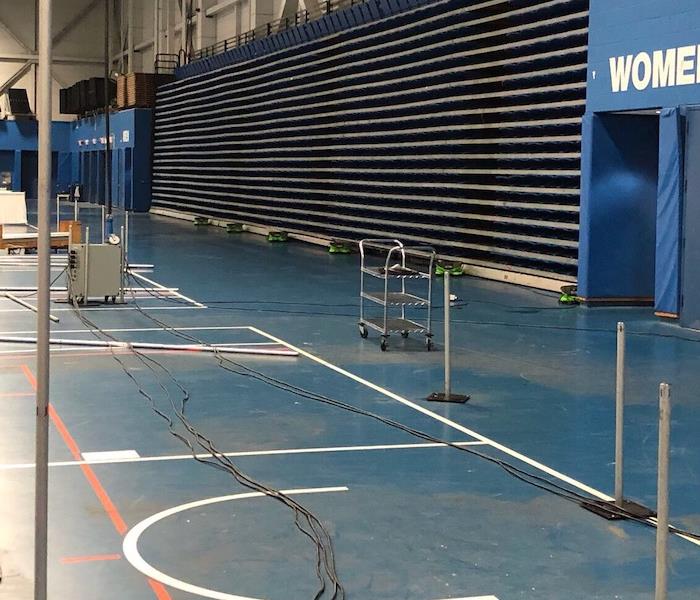
Step 2: Inspection and Water Damage Assessment
Our Water Damage Restoration Process
What Makes a Thorough Water Damage Inspection in Your Danbury Home Critical
While there are emergency services that our SERVPRO team can provide that seek to stall property losses right away, there are few corrective actions that our professionals take without a thorough inspection and assessment. Understanding the damage in your Danbury residence can help us to have precisely what we need for restoration projects before ever rolling out the service vehicles from the warehouse.
What is Scoping a Restoration Job?
Scoping is a term that our technicians and project managers use to determine the full measure of actions necessary to return a Danbury home or business to its original condition.
Many factors go into the final analysis of property damage, and these include:
• The spread of water throughout the residence
• Contents that must get restored or relocated
• Cleaning of residues and soils
• Controlled demolition and reconstruction
• Placement and deployment of air movers and dehumidifiers
• Temporary heating solutions for customers
• Determining pre-existing conditions
Tools and Technologies of Intricate Inspections
Much like the restoration process itself, we believe that you can achieve the best results with the best information. We invest as much time and resources into the acquisition of the best inspection and analysis tools as we do in the equipment inventory for water removal, drying, and final cleaning of the property. We have sophisticated moisture detection equipment that can aid in making later drying efforts more efficient.
Identify and Stop the Water Source
We will check for the source of moisture in your home or business. The source must be stopped before any restoration or drying of the building can be successful.
- Stop the Source
- Check for Contaminated Water
Identify the Type of Water
We will identify the category and classification of water damage to ensure our professionals restore your property based on industry guidelines. The level of contamination of the water will affect the specific restoration processes we use.
- Category 1: "Clean Water"
- Category 2: "Gray Water"
- Category 3: "Black Water"
Survey the Extent of the Water Damage and Inspect the Premises
We inspect and test to determine the extent of damage and how far the moisture has traveled to ensure proper and complete restoration. In addition, we will inspect for safety concerns that may be evident. If there are any safety issues like lead or asbestos, please bring them to our attention.
- Survey Damage
- Complete Safety Inspection
Move or Block Furniture
We move furniture and property contents and block items to help prevent rust or furniture stains on wet carpet.
- Block Furniture






 24/7 Emergency Service
24/7 Emergency Service




